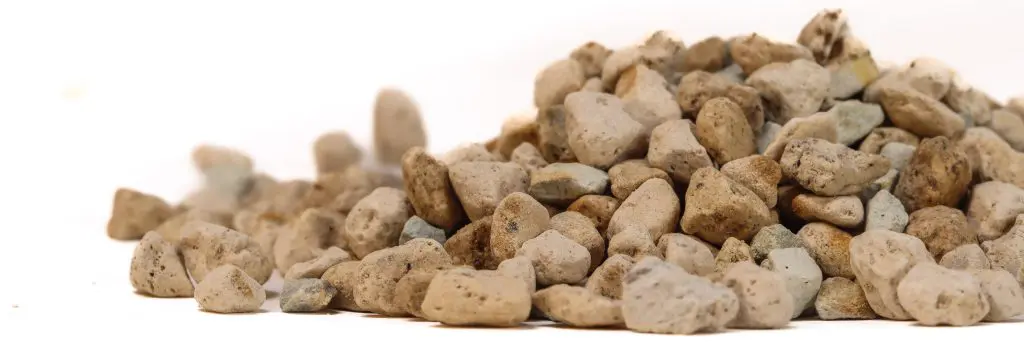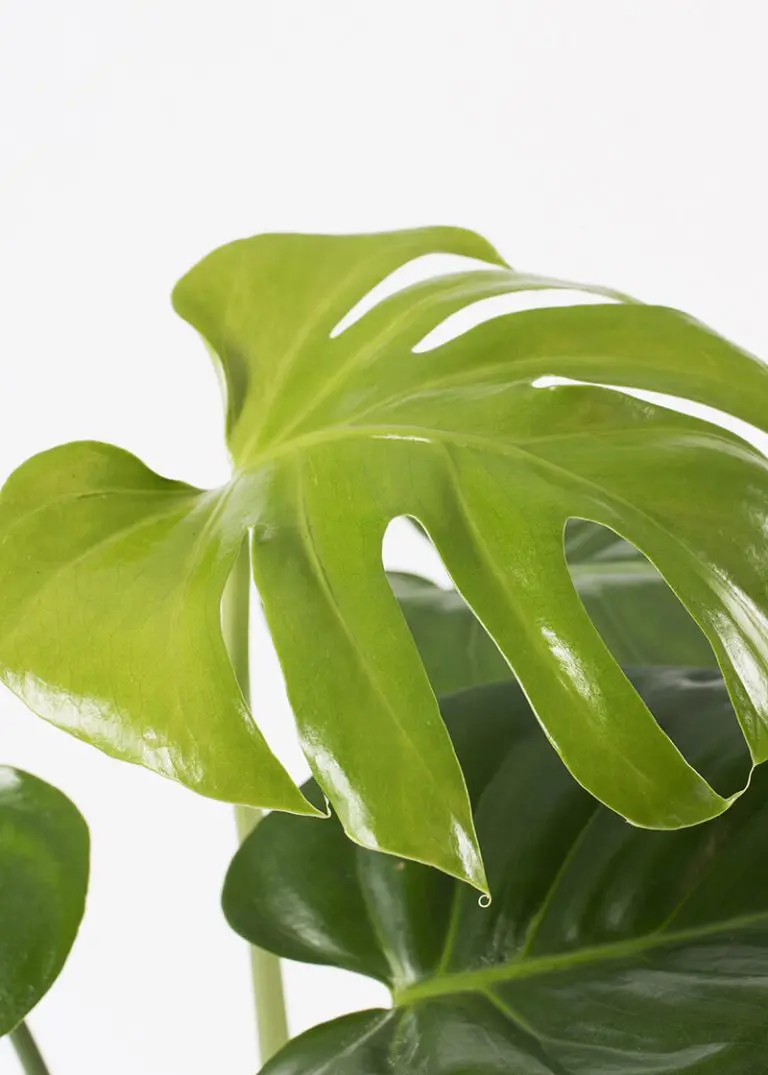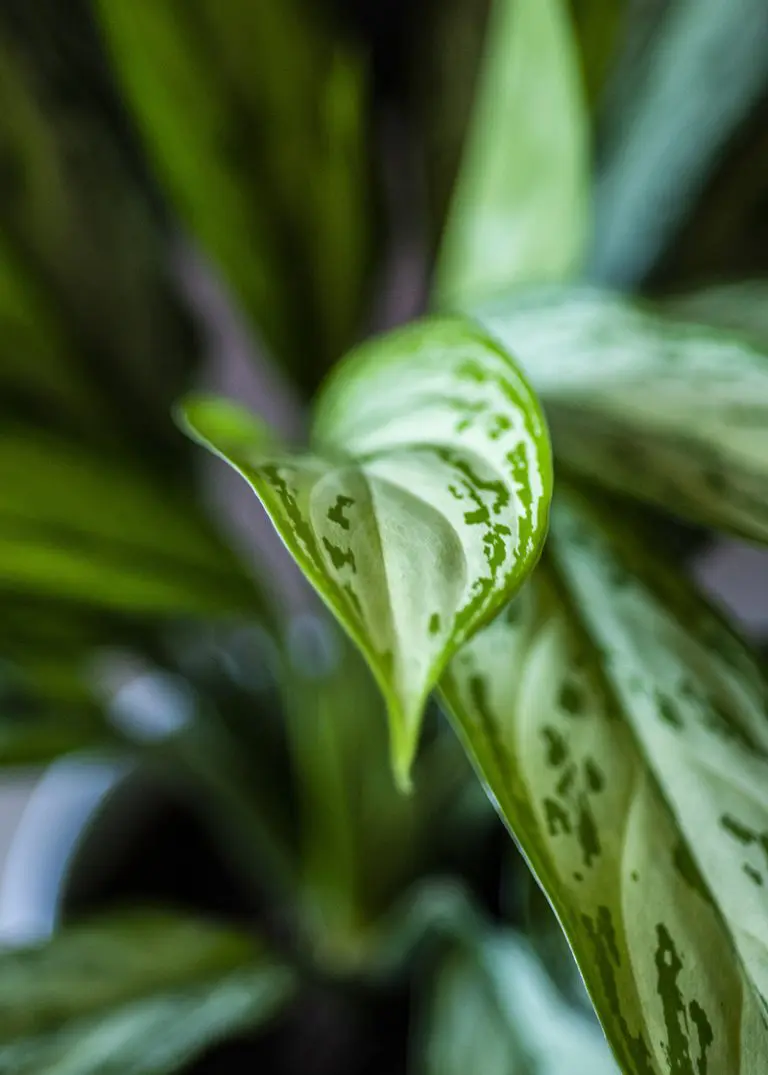





The ZZ Plant (Zamioculcas zamiifolia) is a tough, low-maintenance indoor plant native to eastern Africa.
Latin name
Zamioculcas zamiifolia
Pronunciation
(“zam-ee-oh-KUL-kus zam-ee-iff-FOH-lee-ah”)
Common name
ZZ Plant, Zanzibar Gem
Origin
East Africa
It belongs to the Araceae family and is prized for its glossy, deep green leaves and strong tolerance of neglect, making it one of the easiest houseplants to grow.
The ZZ Plant grows from thick, potato-like rhizomes below the soil surface. Above ground, it produces smooth, upright stems lined with symmetrical, waxy leaflets. Mature stems can reach 60–90 cm tall indoors, forming a dense, architectural clump. The leaves are rich green, but some cultivated varieties show variegation or dark purple-black foliage (such as ‘Raven’).
ZZ Plants are very slow-growing. They tolerate low light better than most indoor plants but also thrive in bright, indirect light. Water sparingly — the rhizomes store moisture, so overwatering can lead to rot. Allow the soil to dry out between waterings. They prefer a well-draining potting mix and occasional fertilising during the growing season.
While primarily grown for foliage, ZZ Plants can produce small, creamy-white spadix-type flowers at the base of the plant. Flowering indoors is rare.
Did you know?
All parts of the ZZ Plant contain calcium oxalate crystals and are considered mildly to moderately toxic if ingested. Contact with the sap may cause skin irritation in sensitive individuals. Keep away from pets and children who may chew the leaves.
caring for your plant

Light
Medium – medium high. Avoid direct sunlight

Watering
Keep on the dry side

Pruning
The “stems” are actually part of the leaf, so will not regrow or bud from pruning. If you need to remove a damaged leaf, cut it off just below soil level with a sharp knife

Feeding
Occasional dilute liquid fertilizer added to the water will be sufficient.

pest & diseases
Generally pest free, but mealybugs might be present. If found, remove when cleaning with a cloth or paper towel.
Where the ZZ Plant originates from

This species originates in East Africa: from Kenya south to South Africa.
Our plants are grown in Ecoponic, an alternative to soil. Officially known as a vulkaponic substrate, it replaces traditional compost with a clean, mineral-based medium that helps protect peatlands.
According to the IUCN UK Peatland Programme, “A loss of only 5% of UK peatland carbon would be equal to the UK’s annual greenhouse gas emissions.” As well as storing carbon, the natural wetlands where peat is found are critical to the survival of plants and wildlife. Ecoponic also improves plant health and uses water more efficiently.
Find out more about Ecoponic here.


Buy one of my cousins from the nursery
Did you know?
Plantopedia is brought to you as part of our Engage & Bloom workplace experience program.
explore more
Why not continue your journey through the plant world. Explore more plants, their stories, habitats and the benefits they bring to spaces.

























